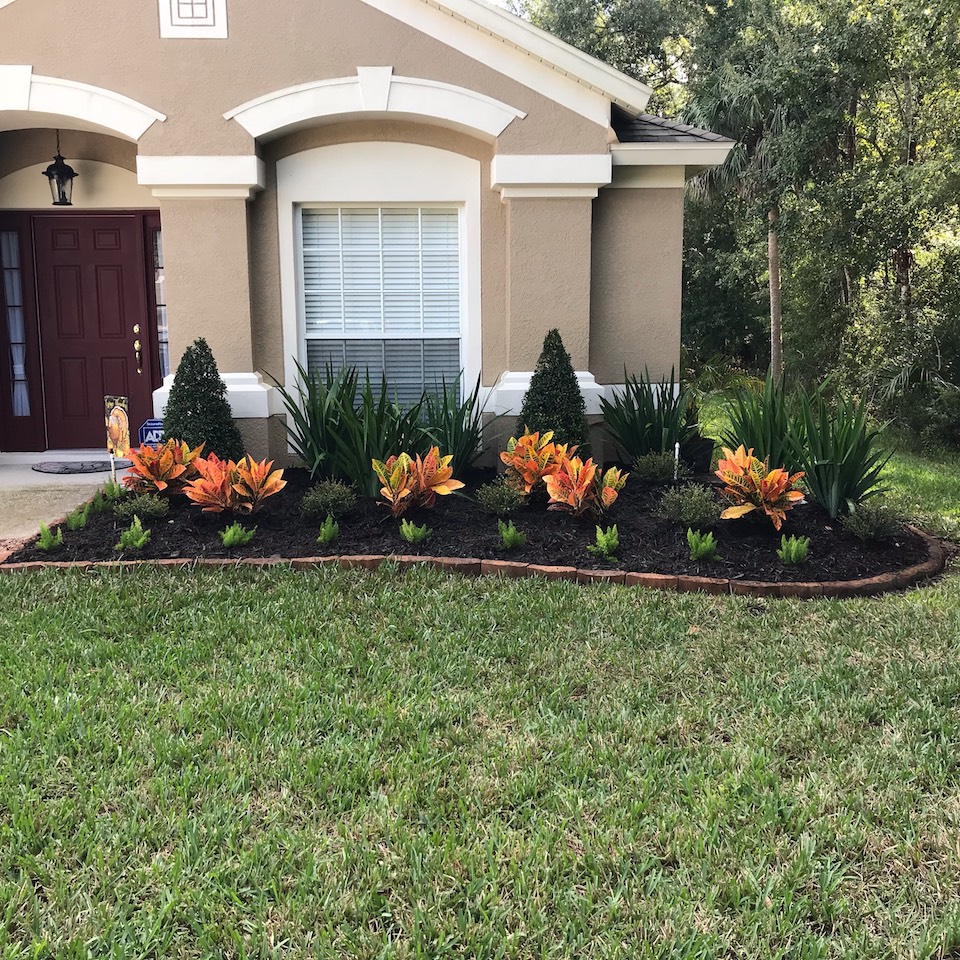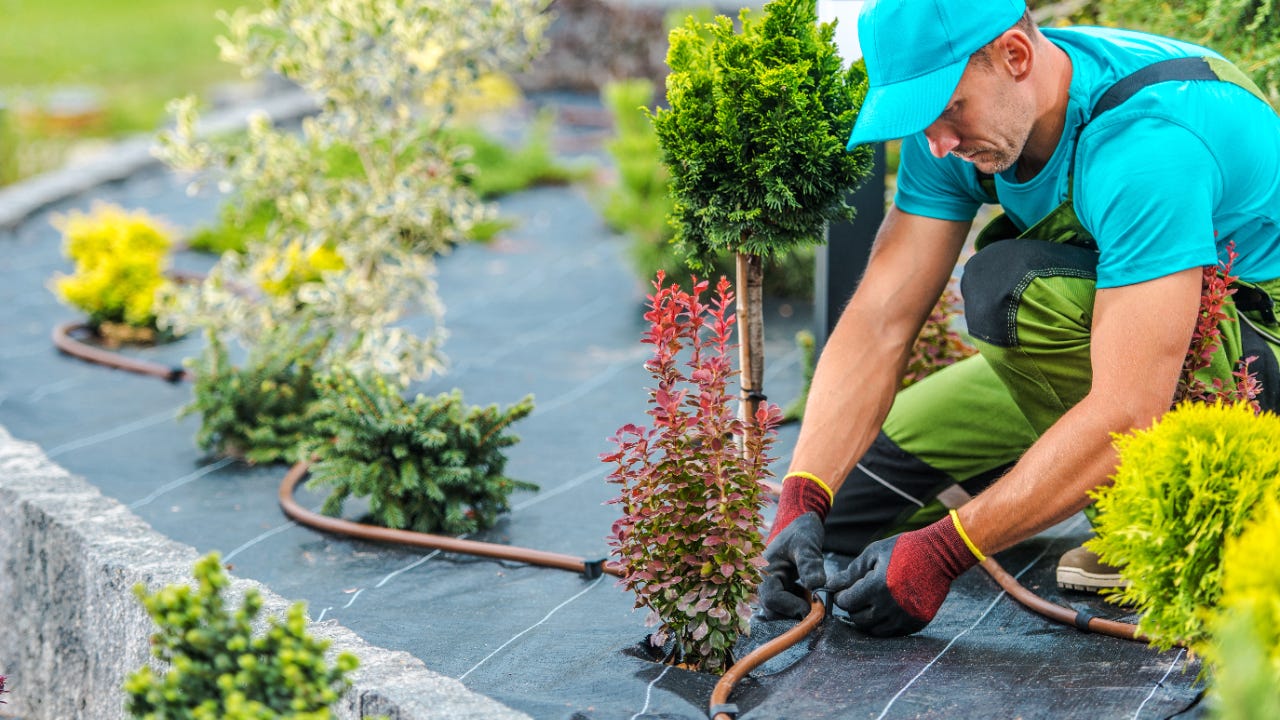A Comprehensive Guide to Designing and Implementing Effective Landscape Design Solutions
The art and science of landscape design extend beyond plain visual appeals; they involve a thoughtful integration of layout concepts, environmental stewardship, and practical application. A comprehensive guide to effective landscape design remedies begins with an in-depth understanding of your outdoor area, highlighting the value of equilibrium, unity, and percentage. As we explore sustainable techniques and the choice of appropriate flora, the effects for biodiversity and neighborhood health end up being progressively obvious. What methods can one use to make sure these landscapes not just prosper yet also thrive attuned to their environments?

Understanding Landscape Layout Concepts
One may question what fundamental aspects add to efficient landscape design. At its core, effective landscape style hinges on several key concepts that guide the plan and option of aspects within an area. These principles consist of unity, proportion, rhythm, and balance, each offering to develop an unified outside environment.
Unity refers to the natural connection amongst numerous parts, guaranteeing that they collaborate aesthetically and functionally. Balance can be achieved with asymmetrical or in proportion setups, permitting the landscape to feel secure and welcoming. Percentage entails recognizing the scale of components in connection with each other and the surrounding atmosphere, promoting visual consistency and comfort.

Analyzing Your Outdoor Area
Prior to executing the principles of landscape style, a comprehensive evaluation of your outside room is vital. This preliminary assessment aids define the scope of your landscaping job and makes sure that your layout aligns with the special characteristics of your residential or commercial property. Begin by examining the dimensions of your room, taking exact dimensions to recognize the readily available area for numerous elements such as pathways, gardens, and patio areas.
Next, observe the existing attributes of your landscape, including topography, soil quality, and water drainage patterns. These elements substantially influence plant selection and positioning. Additionally, examine the sunlight exposure across different locations throughout the day, as this will certainly affect the kinds of plants that grow in your garden.
Consider the microclimates developed by frameworks, trees, and various other obstacles, as they can affect temperature level and moisture degrees. Take note of any kind of existing plants or hardscape components that you desire to get rid of or retain. This comprehensive analysis prepares for a reliable and knowledgeable landscape design remedy, guaranteeing that your design is not just aesthetically pleasing but sustainable and likewise practical for years ahead.
Lasting Landscaping Methods
Including sustainable landscape design strategies is important for developing an environmentally accountable outdoor room. These techniques not only advertise environmental balance but also enhance the aesthetic and practical value of a landscape. One fundamental technique is the usage of indigenous plants, which require less water and upkeep while supporting local wildlife. Carrying out effective irrigation systems, such as drip watering, lessens water waste and ensures that plants obtain adequate wetness.

An additional reliable method is the critical positioning of trees and shrubs to give all-natural windbreaks and shade, therefore reducing energy expenses (Palm Desert Landscaping). Rain gardens can be integrated right into the landscape design to take care of stormwater drainage effectively, filtering system toxins before they go into waterways
Picking the Right Plant Kingdoms
Choosing the right plants for your landscape is vital to attaining both aesthetic appeal and eco-friendly consistency. The process begins with an understanding of your neighborhood climate, dirt conditions, and the details microenvironments within your landscape. visit their website Examining elements such as sunshine direct exposure, moisture degrees, and existing vegetations will help you pick plants that flourish in your one-of-a-kind setup.
Take into consideration including indigenous plants, as they are well-adapted to neighborhood problems, need less upkeep, and support local wildlife. In addition, choosing a diverse array of species can improve biodiversity while minimizing the risk of disease and insect episodes. It is vital to evaluate the development behaviors, growing durations, and seasonal colors of prospective plants to produce a natural and vibrant landscape.
Furthermore, think of the planned use of the area; for example, if the location will experience high foot website traffic, go with durable ground covers. By thoughtfully picking plants that line up with both your ecological needs and visual objectives, you can create a lasting landscape that not only boosts your building yet additionally contributes favorably to the bordering ecological community.

Application and Maintenance Approaches
Once the ideal plants have actually been selected for your landscape, the focus changes to effective implementation and continuous maintenance approaches. Successful setup starts with correct website preparation, which includes dirt screening to determine nutrient levels and pH, complied with by modifying the dirt as required. Carefully prepare plants according to their growth routines and light requirements, ensuring adequate spacing to advertise healthy development.
Watering is an important element of implementation. Develop a watering timetable that takes into consideration the details requirements of each plant varieties, changing for seasonal adjustments. Making use of drip watering systems can boost water efficiency and decrease runoff.
Upkeep methods have to be implemented to make sure the durability and vigor of your landscape. Normal tasks include weeding, mulching, and trimming to regulate growth and protect against disease. Fertilization needs to be carried out based upon dirt tests, supplying the required nutrients without over-fertilizing.
Checking for insects and illness is essential; early discovery can avoid substantial damage. Seasonal modifications to upkeep routines, such as preparing and winterizing perennials for spring growth, will certainly ensure that your landscape remains healthy and aesthetically attractive year-round.
Conclusion
Finally, efficient landscape design options need a thorough understanding of design concepts, precise evaluation of exterior spaces, and the application of lasting techniques. The option of suitable plant types plays click here for info an important duty in enhancing aesthetic charm and ecological resilience - Palm Desert Landscaping. Successful application and continuous maintenance better guarantee the longevity and vigor of landscapes. By incorporating these elements, landscapes can be transformed into attractive, useful environments that advertise biodiversity and add favorably to community wellness.
One might wonder what fundamental aspects add to efficient landscape layout. At its core, successful landscape style hinges on a number of crucial principles that assist the setup and selection of aspects within a room.Selecting the right plants for your landscape is crucial to attaining both visual allure and eco-friendly consistency. It is vital to evaluate the growth practices, flowering periods, and seasonal colors of potential plants to produce a dynamic and natural landscape.
Once the ideal plants have actually been picked for your landscape, the focus changes to efficient application and ongoing maintenance approaches.